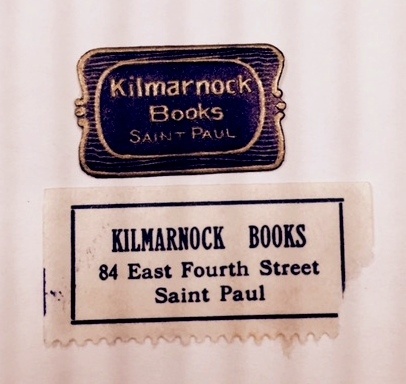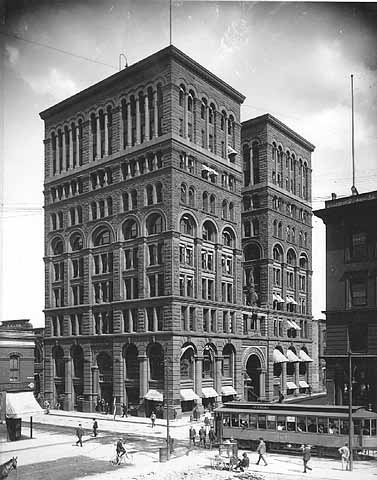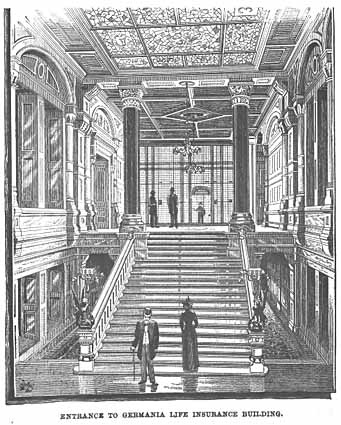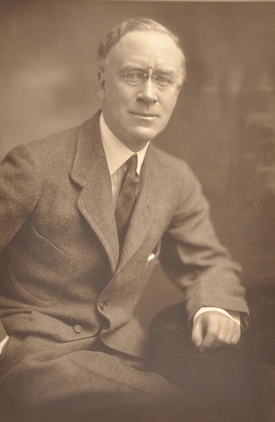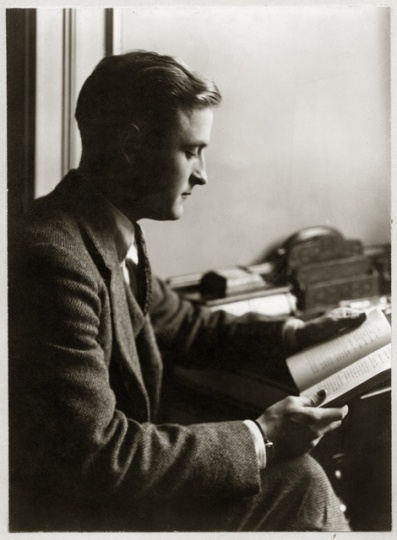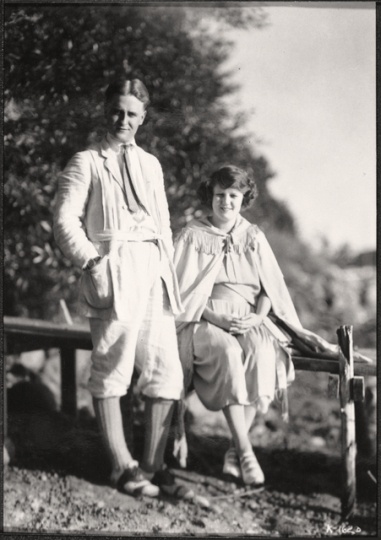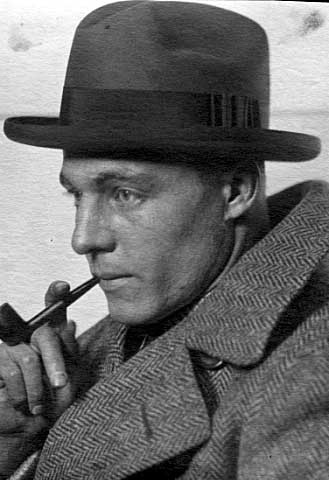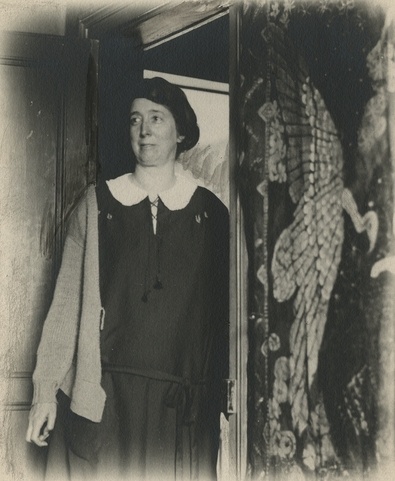The Kilmarnock Bookstore in downtown St. Paul brought writers and artists together at the dawn of the Jazz Age and helped inspire some of the best work of their careers. Nearly a hundred years later, the Twin Cities are considered among the most literary cities in the United States.
The bookstore, officially called Kilmarnock Books, opened in 1921 in upstairs rooms of the Guardian Life Building at 84 East Fourth Street. Its young owner was Cornelius Van Ness, a Harvard graduate who wanted to create a place where people could gather to talk about and buy books. Owning a bookstore also gave him a reason to travel to Europe and buy rare books, including bootlegged copies of Ulysses, banned in the United States.
Van Ness arranged for Thomas Boyd, the young literary editor for the St. Paul Daily News, to manage the store. Through his work at the newspaper, Boyd had developed relationships with important writers, including F. Scott Fitzgerald, Carl Sandburg, Willa Cather, and Sinclair Lewis. The store was named after Boyd’s ancestor, the Scottish Earl of Kilmarnock. Its sign read: "Kilmarnock Books, Magazines, foreign and domestic. The best in fiction, biography, essays, plays, poetry and stationery."
It was the Jazz Age, a time of great change and creativity, and the Kilmarnock’s regulars—particularly Fitzgerald—captured its avant garde spirit. Fitzgerald and his wife, Zelda, had moved close to his home town of St. Paul soon after the store’s opening.
Fitzgerald frequently visited the Kilmarnock after working in his secret writing room up the street. He passed through the sales room, where books were arranged by color—not author, title, or subject—to the back room. There, he joined other writers around the fireplace, drinking tea, smoking cigars, and discussing books. Soon he began writing a short-story series that explored ideas he would develop more fully in The Great Gatsby.
The key people of the Kilmarnock met through the Nimbus Club, a remarkable community of St. Paul writers, artists, and patrons. On Tuesday evenings, they drank homemade red wine with spaghetti at their favorite Italian restaurant, listened to jazz, and discussed new ideas, often late into the night.
At the center of the Nimbus Club was the charming and wealthy Charles Macomb Flandrau, the son of poets, a world traveler, and the author of travel essays. It was said of Flandrau that he had the same raw talent as Fitzgerald, but lacked the drive to succeed financially that pushed the novelist to greatness with The Great Gatsby. Flandrau recognized talent and nurtured the younger writers within the Nimbus Club’s circle.
Fitzgerald also liked to discover new talent for his publisher and encouraged Boyd to write a novel about his wartime experiences. Sinclair Lewis and Fitzgerald’s editor, Maxwell Perkins, offered their support as well. So it was that in the back room at the Kilmarnock Bookstore, Thomas Boyd wrote his first novel in just six weeks. After it was rejected by two publishing houses, Fitzgerald persuaded Scribner’s to reconsider, and Through the Wheat was finally published to critical acclaim. The Fitzgeralds moved to Great Neck, New York, in the fall of 1922, where Scott began to work on The Great Gatsby.
Boyd’s breakthrough coincided with hard times for the Kilmarnock. In 1923, the struggling bookstore moved a block west to a street-level location with display windows to lure customers inside. The building was likely the original Minnesota Club.
Enjoying his new fame, in the fall Boyd impulsively dropped everything at the bookstore and left on an extended trip to France. When he returned home six months later, there had been a fire and Van Ness had found a new manager. By 1926, the bookstore had been sold. The Kilmarnock was gone.
Boyd and his wife, Peggy, left St. Paul for Ohio in February 1925. Boyd continued writing but would never again know great success. Fitzgerald spent the rest of his career in New York, Paris, and Hollywood. Flandrau also continued to travel, searching for inspiration to write again. The local literary zeitgeist moved to the University of Minnesota, where Robert Penn Warren, Sinclair Lewis, and Saul Bellow joined Professor Joseph Warren Beach’s English Department to challenge and inspire another generation of writers.











